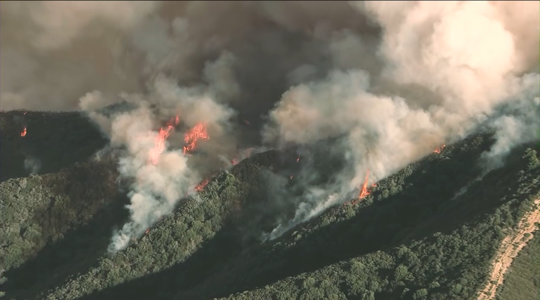Is PG&E Responsible for the Napa & Sonoma Fires?
PG&E’s Longstanding History of Noncompliance
Pacific Gas and Electric (PG&E) has faithfully served the Northern California community for 112 years. However, in the past 23 years, PG&E has become the number one suspect for most Northern California wildfires.
It started in 1994, when PG&E was found negligent in the Rough and Ready Fire that destroyed 12 homes. Although the amount of destruction from the Rough and Ready Fire was on the lesser side, investigations into PG&E revealed immense corporate corruption. PG&E diverted almost $80 million from tree-trimming program budgets into PG&E profits. Money that was meant to secure tree branches from electrical components was used for company gains. It was this negligence that lead to the Rough and Ready Fire and the subsequent destruction of 12 homes.
Here is a list of other fires where PG&E safety violations were proven to be the igniter:
- Campbell Fire, 1990
- Fawn Hill Fire, 1992
- Sailor Fire, 1995
- Sonoma County Fire, 1996
PG&E’s dance with negligence hardly stopped after 1996. 2 years ago, the Butte Fire killed 2 people while destroying 549 homes. When investigations took place, it was found that PG&E failed to maintain power lines, a mistake that ended up causing the fire. PG&E was hit with an $8.3 million fine—a drop in the bucket compared to the $800 million in liability insurance that PG&E currently holds.
